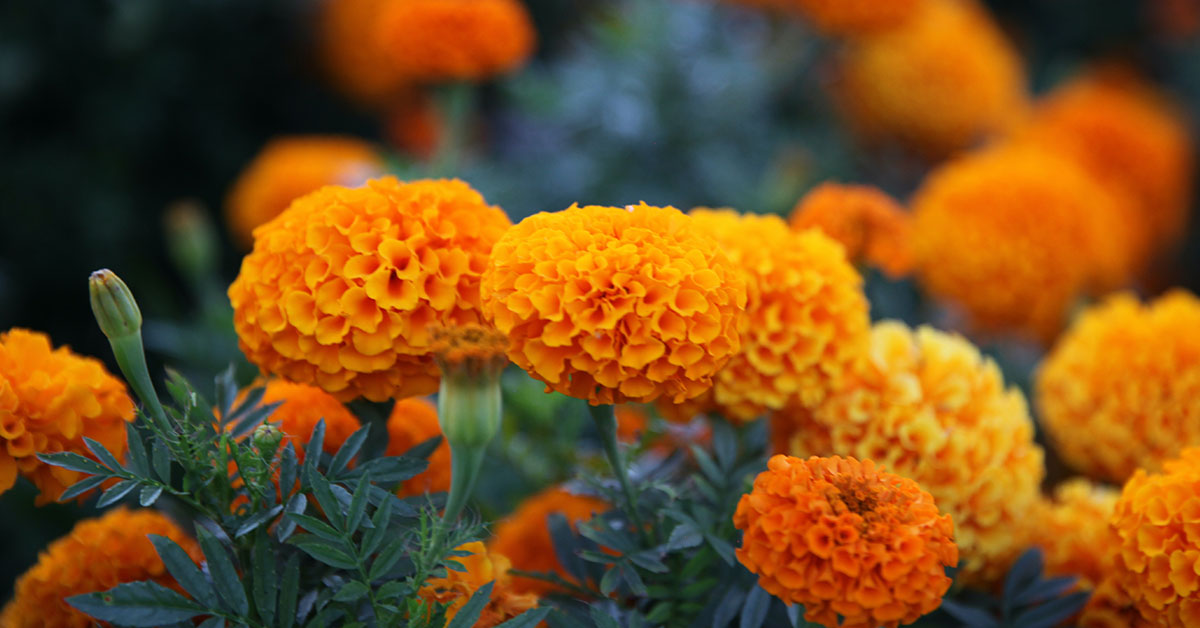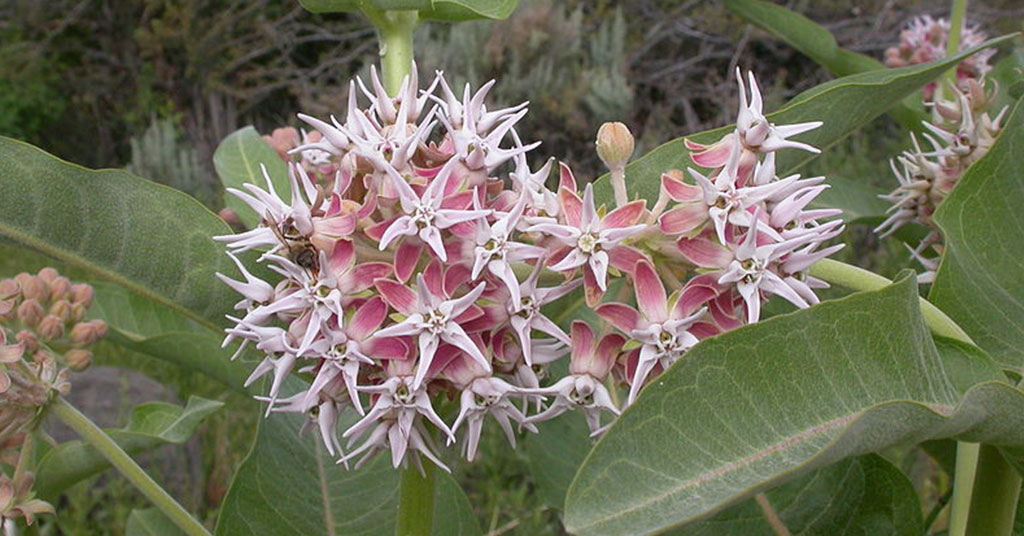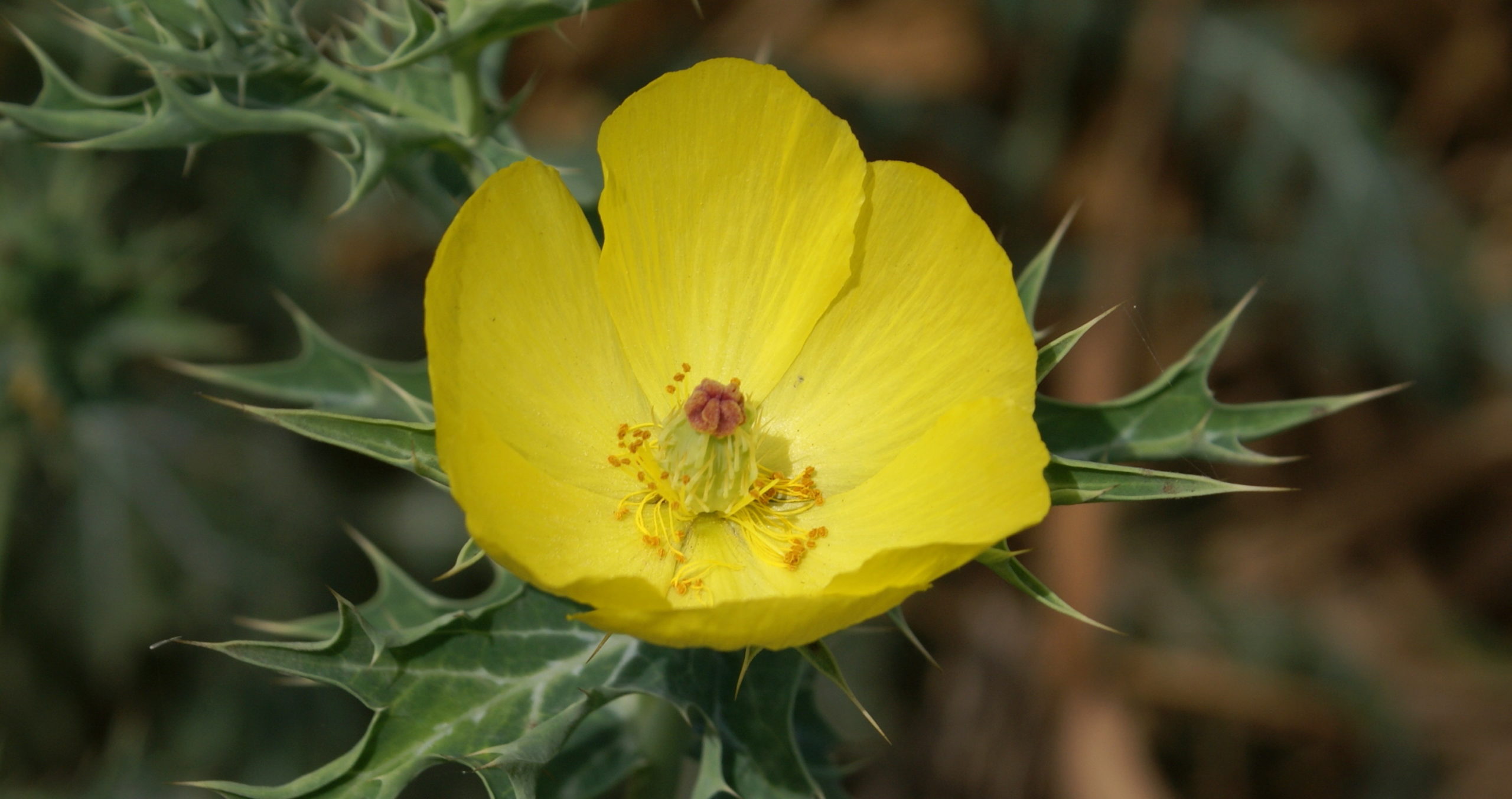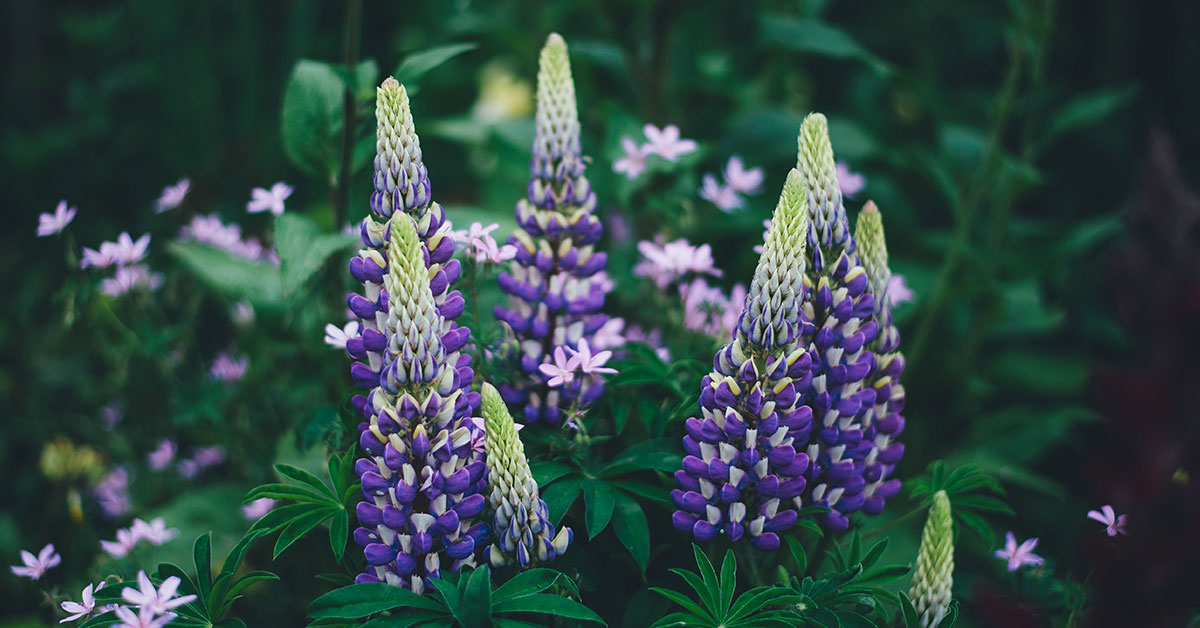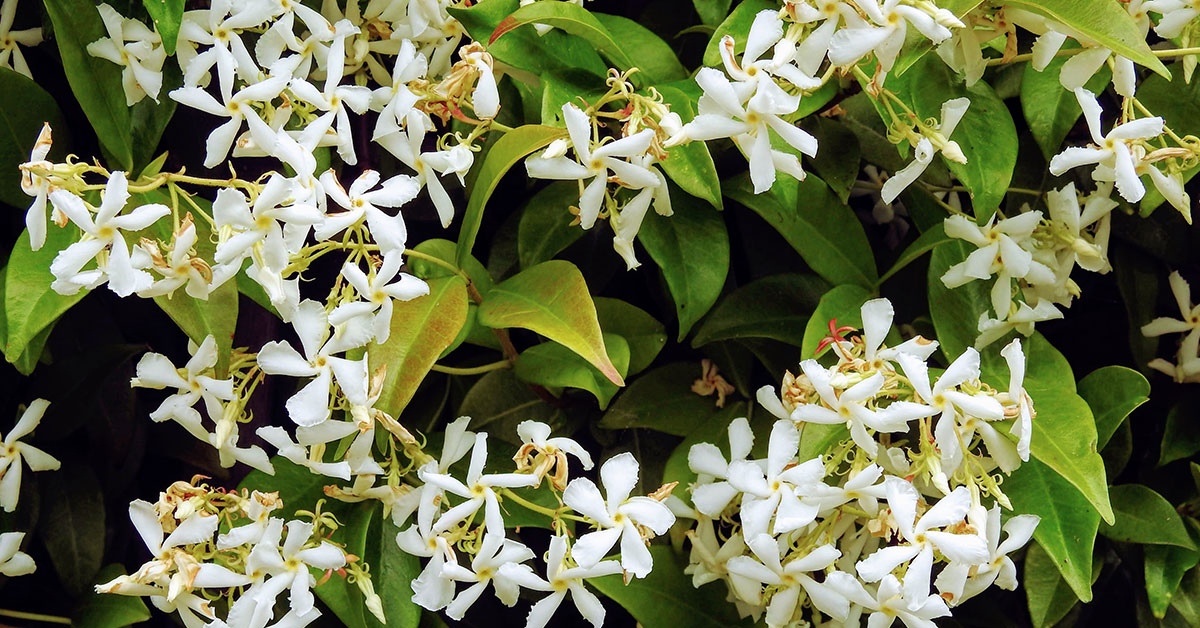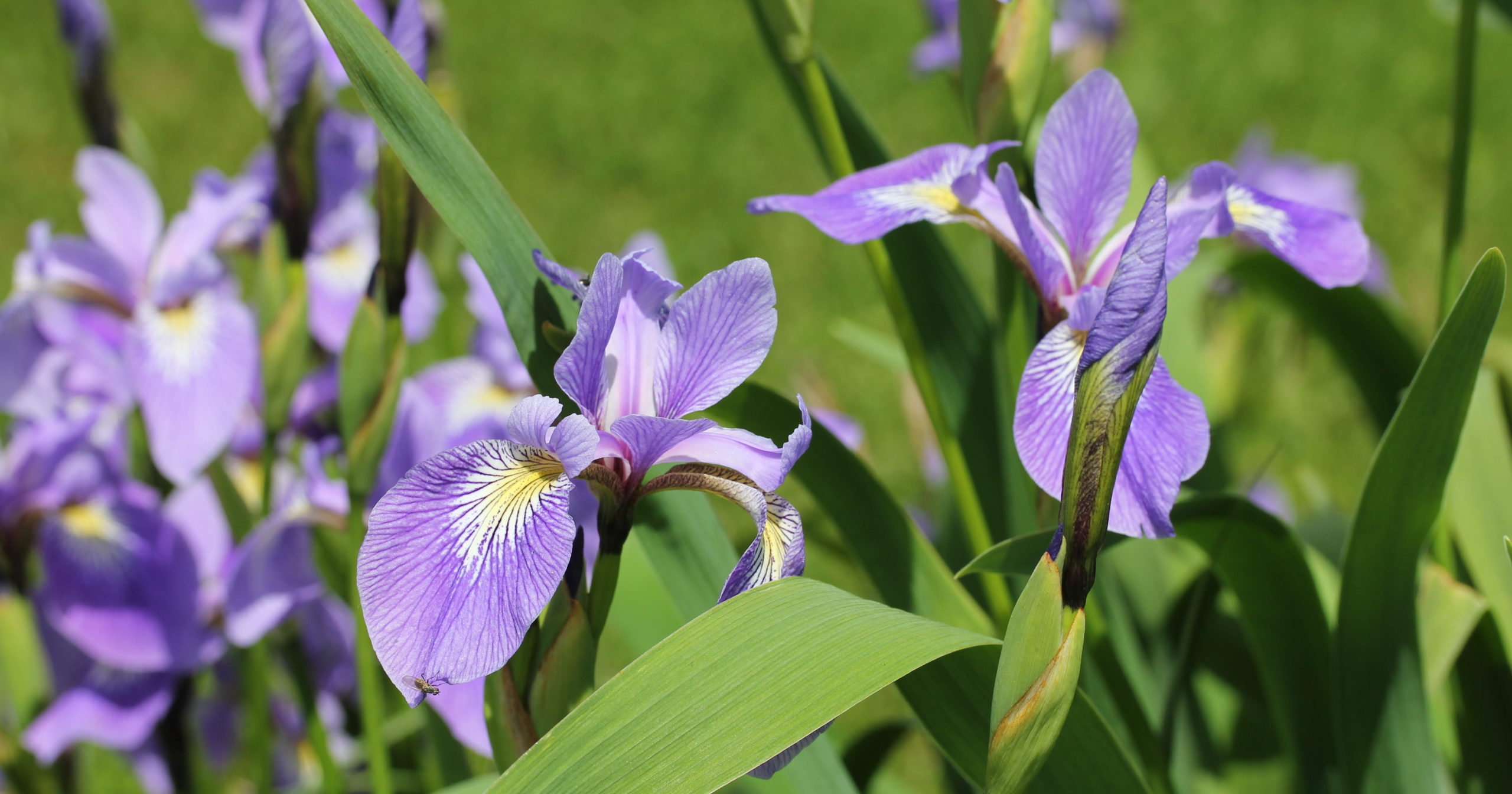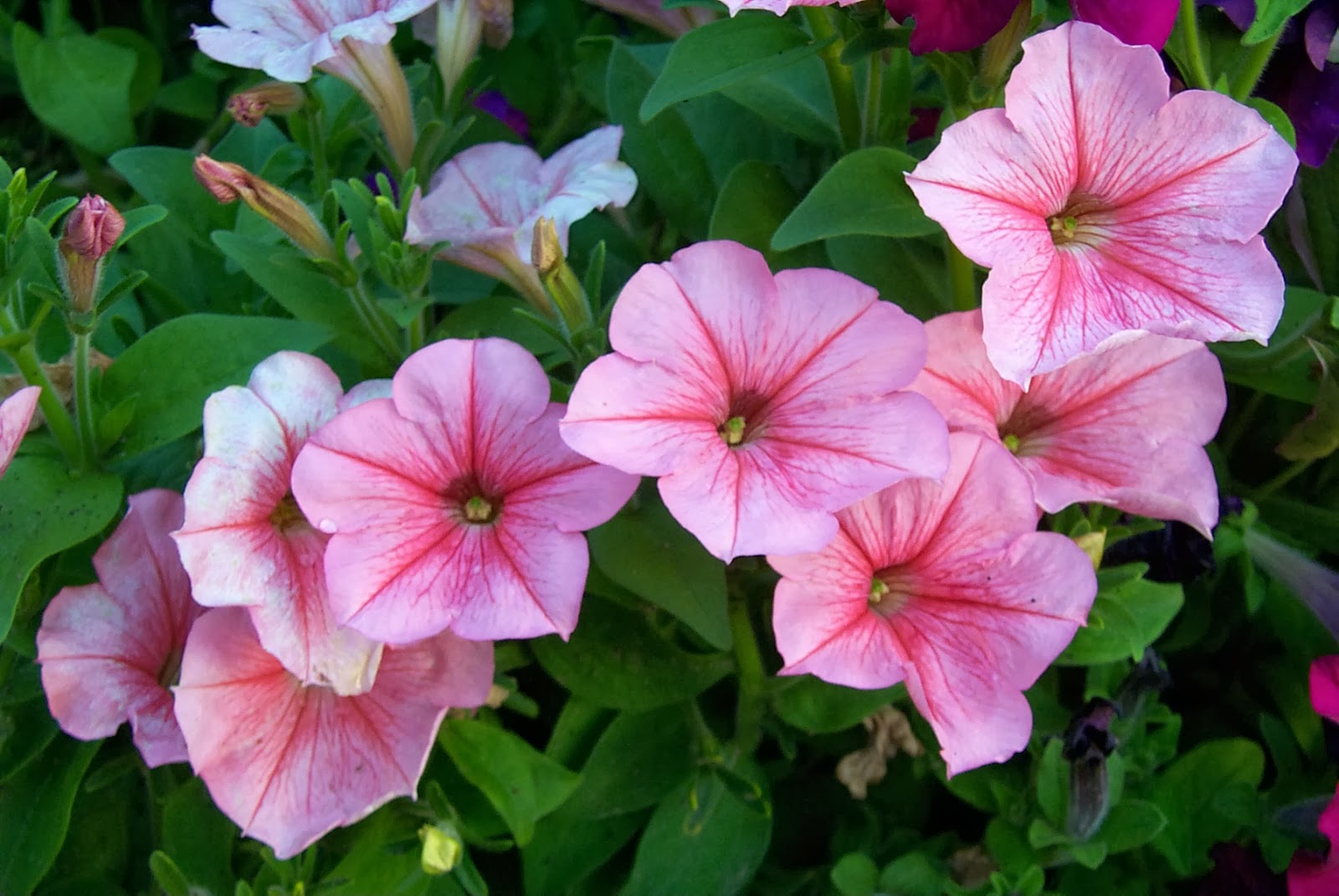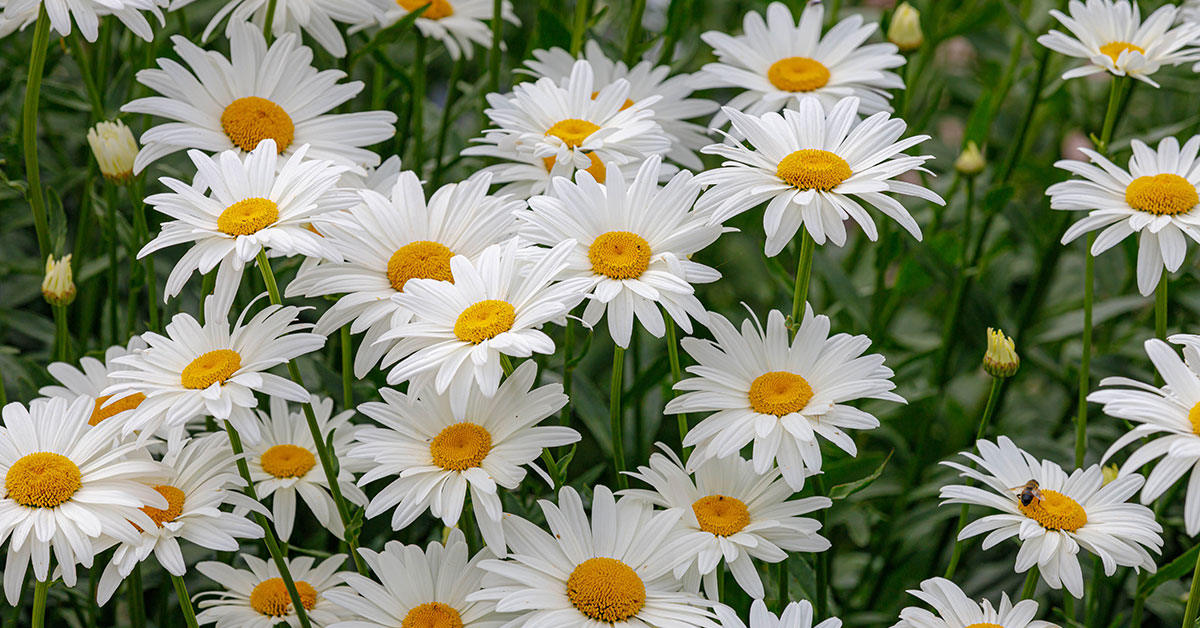One of my favorite annuals to plant in the summer garden is the cheerful marigold (Tagetes spp.), with its vibrant orange and golden blooms brightening up borders and containers! I know how frustrating it can be to watch such a lively plant start to sag or produce fewer flowers as the season wears on. That’s why pruning marigolds is an absolute game-changer—trimming away spent blooms and leggy stems can feel like giving them a breath of fresh air, encouraging bushier growth and an abundance of blossoms.
Whether you’re a seasoned gardener or someone who’s just learning to coax marigolds into glory, I understand the challenges you face—like pesky aphids, fungal spots, or even overcrowded beds that stifle airflow. In this article, I’m excited to share nine compelling reasons why you should always make pruning your marigolds a priority. From boosting flower production and reducing disease risk to creating a more inviting habitat for beneficial insects—these insights will help you keep those sunny faces shining all summer long!
Enhances Attraction of Beneficial Insects

Marigolds (native to Mexico and Central America) are famed for their ability to attract helpful pollinators—like native bees that nest in ground crevices near the plant base—and predatory insects, such as ladybugs and lacewings, which feast on aphids. By pruning away spent blooms and crowded foliage, you give these beneficial visitors easier access to fresh flowers, allowing them to forage and nest without obstruction. I often spot a tiny ground-nesting bee busily preparing its burrow at the edge of my marigold patch, and it’s a delight knowing that trimming back spent clusters keeps these little pollinators happy!
Moreover, pruning creates openings in the canopy where gentle sunlight can penetrate, warming up the ground and making it more inviting for ground-nesting insects. Without regular maintenance, marigolds can become so bushy that beneficial insects struggle to find open areas for nesting or egg-laying. Keeping the stems trimmed encourages a more open, airy structure, which not only lets pollinators move between flower to flower but also allows predatory insects to patrol for pests like whiteflies. When you see fewer aphid colonies and a lively parade of ladybugs on freshly pruned stems, you’ll know it was worth the effort!
Encourages Continuous Blooming

Pruning spent marigold flowers—commonly called deadheading—signals the plant that it needs to keep producing fresh blooms rather than setting seed. Marigolds evolved in climates where the growing season can be cut short, so they naturally prioritize seed production once their blooms fade. By routinely snipping off those spent blossoms, you essentially trick them into thinking that it’s still the peak of summer, prompting them to flush out new buds and petals. One of my favorite tricks is to pinch just above the first set of healthy leaves; this not only tidies up the plant but also keeps those bright flowers popping for weeks!
Continuous flowering also means a longer display for pollinators and beneficial insects—like hoverflies and parasitic wasps—that rely on marigold pollen and nectar. In late afternoon, I often spot small native bees nestling among the leaves, buzzing from bloom to bloom. If left unpruned, marigolds can slow their flowering pace after a major flush, leaving empty gaps and fewer resources for wildlife. So every time I reach for my snips and deadhead, I know I’m sustaining both plant beauty and habitat value in my garden!
Prevents Legginess for Sturdier Plants

When marigolds grow unchecked, they can become leggy—producing long, weak stems with sparse foliage that flop under the weight of their blooms. Especially in partly shaded areas, you might notice thin, spindly stems looking for more light. By pinching back those elongated shoots early on, you encourage side shoots to develop, creating a denser, more compact form. I remember one year my border-facing marigolds stretched so much that they leaned into my hostas; after a bit of judicious pruning, they filled out into neat mounds that stood tall and proud!
Leggy growth also invites more disease problems, since flopping foliage can trap moisture against the stems. When you start removing those thin, overreaching branches, you force the plant to concentrate on building thicker, sturdier shoots from the base. This makes marigolds more resistant to wind damage or heavy rain that might otherwise break their fragile stems. Plus, a bushier habit means more blooms per plant—a win-win for your garden and for anyone who’s battled drooping flowers in the heat of July!
Reduces Disease and Pest Issues

Crowded, unpruned marigolds create pockets of humidity between tightly packed leaves—perfect conditions for fungal diseases like powdery mildew or leaf spot. By trimming back excess growth, you improve air circulation, helping leaves dry more quickly after morning dew or rain. I know how frustrating it is to see white, powdery patches spreading across foliage, or tiny rust spots marring vibrant petals. Keeping plants pruned and well-spaced in the bed reduces the risk of these issues and keeps your marigolds looking fresh!
Likewise, marigolds can attract pests such as spider mites or thrips when their foliage becomes dense. These tiny pests often hide on undersides of leaves that don’t receive airflow. By removing older, diseased leaves and thinning out crowded centers, you eliminate many of these hiding places. I once discovered a colony of spider mites thriving under a tangle of leaves because I hadn’t pruned in weeks—by the time I cleared away the inner growth and sprayed with insecticidal soap, the problem was much easier to manage. A little pruning goes a long way toward keeping your marigolds pest-free!
Maximizes Energy for Blooms by Preventing Seed Formation

When marigolds transition from flower production to seed setting, their energy shifts toward ripening seeds rather than creating new petals. Deadheading spent blooms interrupts that seed-producing cycle, redirecting nutrients and carbohydrates back into producing vibrant new blossoms. In their native ranges—volcanic soils of Mexico and Central America—marigolds experienced short monsoon seasons, forcing them to prioritize quick seed production. In our gardens, we have the luxury of a longer growing season, so by cutting off fading flowers, you keep them in bloom mode for as long as possible!
Allowing even a few seed heads to develop can cause the entire plant to slow its flowering pace, as it diverts resources into forming seeds. I’ve seen marigolds—particularly the tall French type (Tagetes patula hybrids)—produce tons of seed pods by mid-summer when I neglected deadheading. Once I started clipping back those spent blossoms, the plants pushed out a fresh wave of blooms within a week! So by staying vigilant about snipping off old flowers, you essentially prolong the show and ensure your garden stays colorful and lively.
Improves Airflow and Reduces Fungal Problems

Dense foliage can create stagnant pockets of humid air—a breeding ground for fungi like Alternaria leaf spot or Botrytis blight. Marigolds are generally resistant to many diseases, but crowded plants in humid climates can still fall victim. By pruning away older, lower leaves and removing dense inner clusters, you create space for wind and sunlight to reach the plant’s core. I know how annoying it is to see brown spots spreading across leaves, so by cutting back the congested areas, you reduce moisture retention and give your marigolds a fighting chance against fungal invaders!
Additionally, opening up the plant’s interior allows beneficial insects—like predatory mites—to patrol more effectively. When leaves are splayed open, it’s easier to spot early signs of disease or pests before they become a full-blown problem. I once had a row of marigolds in partial shade that developed gray mold overnight, but after I pruned out crowded stems and increased airflow, new growth stayed clean even during the muggiest weeks of August. Good airflow isn’t just a luxury—it’s essential for healthy, long-lasting marigolds!
Keeps Garden Looking Tidy and Attractive

Marigolds are prized for their long-lasting blooms, but once those flowers fade, their spent petals and drooping stems can look unsightly. A tidy appearance matters when you want to maintain a vibrant, welcoming garden space—neighbors and guests notice those brown, decaying blooms as much as you do! By regularly removing spent flowers and trimming ragged stems, your marigold patch remains a clean carpet of fresh blooms, rather than a jumble of wilted flowers and yellowing foliage.
Maintaining a neat appearance isn’t just about aesthetics—it also helps you spot emerging issues like powdery mildew or aphid infestations more quickly. When the garden floor isn’t littered with dead petals, it’s easier to see new shoots and to check for tiny insects crawling along stems. I’ve found that a well-pruned bed of marigolds becomes a focal point rather than a mess, especially when interplanted with companion plants like basil or nasturtium. A clean, well-kept border invites visitors to linger, smell the blooms, and maybe even spot a tiny bee nesting between petal and leaf!
Promotes Bushier Growth Through Encouraged Branching

Pinching back the central shoot encourages lateral branches to form, prompting marigolds to develop a fuller, more robust shape. This branching habit results in more flowering sites—each branch can support multiple blooms, effectively doubling or tripling the number of flowers per plant. I learned this when I pinched the growing tips of a batch of African marigolds (Tagetes erecta, native to Mexico), and within two weeks, each stem had sprouted two or three side shoots, transforming a lanky 8-inch plant into a dense, 12-inch-wide rosette covered in golden heads!
Encouraging this bushy habit also builds a stronger stem structure, making marigolds better equipped to support their bright, heavy flowers without drooping. Instead of a single tall stalk bearing one bloom, you get a network of sturdy branches that distribute weight evenly. This structure not only looks more impressive but also withstands wind and rain more effectively. That extra branching means each plant becomes a mini floral display, bursting with blossoms rather than a few lonely heads perched on tall stalks.
Controls Plant Size in Containers and Borders

Marigolds can quickly outgrow containers or spill beyond their designated border space, especially the larger African and Signet marigolds (Tagetes patula). In a small pot, an overgrown marigold can become top-heavy, tipping the container or crowding out neighboring plants. By trimming back excessive growth—especially after a major bloom flush—you keep plants within their allotted footprint, ensuring they fit perfectly in a decorative urn or snug patio pot. I’ve had marigolds spill over a small half-barrel until they blocked my walkway; judicious pruning kept them contained and prevented sibling plants from being smothered!
In garden beds, controlling size also prevents marigolds from shading out low-growing companions like creeping thyme or sweet alyssum. Clipping back oversized stems ensures that each plant gets enough light and nutrients, reducing competition. Especially when planting marigolds in tight rows along vegetable borders—to deter nematodes and certain insect pests—you want to avoid a tangled, crowded hedge. Regular trimming keeps them neat, allowing you to harvest beans or peppers behind them without wrestling through a thicket of marigold foliage. In both containers and beds, a little pruning maintains harmony and prevents marigolds from becoming overenthusiastic!


